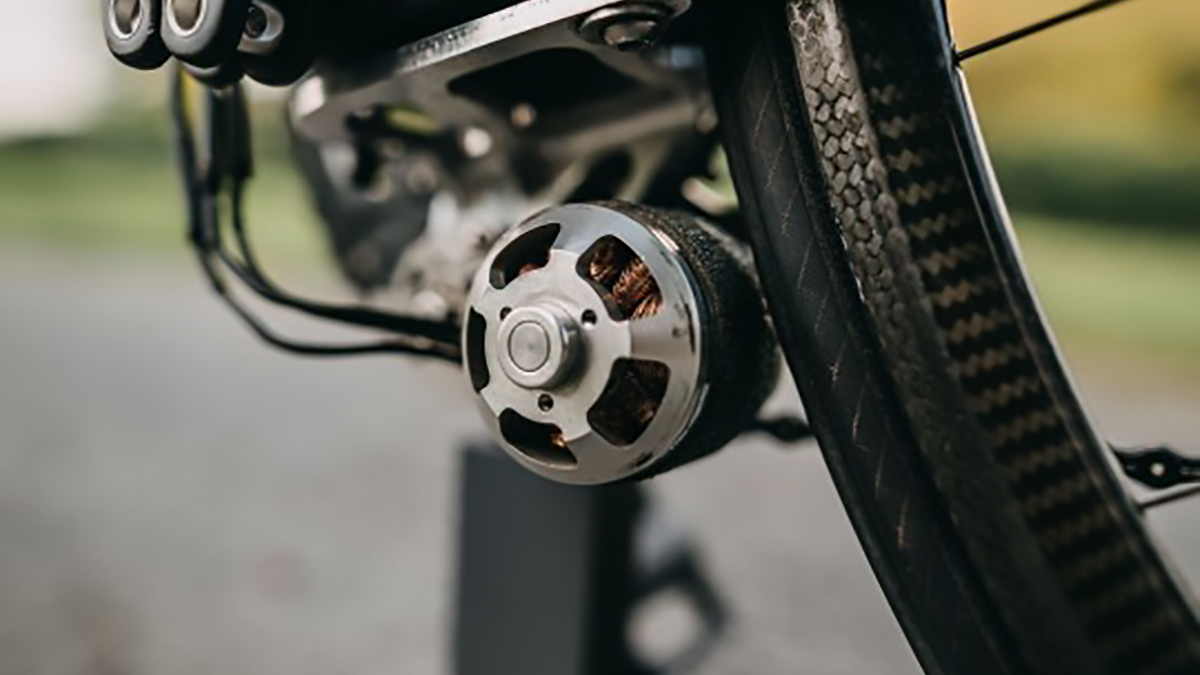German mechanical engineer, Dennis Freiburg made his mark on the Guinness World Records in December 2019 with the Freicycle, the world’s lightest e-bike. Although electric bikes are generally quite heavy due to the engine and battery, Freiburg succeeded in reducing the weight of the bike to 6,872 kg. During this process, Freiburg benefited from carbon fiber and 3D printing technology to reduce weight. Another significant point in reducing weight is that it uses a small 600-watt motor, unlike other electric bikes.
Freiburg started this project a few years ago and created Freicyle based on Merida Scultura Superlite LTD. Freiburg first used carbon fiber, a light and durable material, to reduce the weight of the bike. Reducing the weight a little by making the frame, crank, and rims of the bicycle from carbon fiber; Freiburg did not find this result enough and started to look for other solutions. At this point, 3D printing lent a hand to Freiburg and played an important role in making the bike lighter.
The lightest pieces of Freicycle are 3D printed
First trying 3D printing on the pedals, Freiburg noticed that they were significantly lighter than the other parts. Then, evaluating whether he could produce other metal parts in this way; Freiburg also made the brake callipers using 3D printing technology. However, Freiburg was in search of an alternative for the hub motor which increased the weight of the electric bikes the most; and as a result he opted for the much older but still effective friction drive motor technology. Mounting a small 600-watt motor designed for remote control helicopters in front of the rear wheel; Freiburg thus enabled the motor to press against the wheel for drive power.

In addition, to meet the requirement to carry a minimum 137Wh battery made obligatory by Guinness to qualify for a record; Freiburg put exactly this amount of batteries in a light water bottle. Then he attached it to the frame with a 3D printed bottle holder. Furthermore, he designed a lid for the bottle that also serves as the on and off switch/pedal assist level; and he did this using 3D printing. The bike once again emphasised the advantages of additive manufacturing technology by barely meeting the 6.8 kg minimum weight requirement set by the UCI organization to qualify for international race events.
